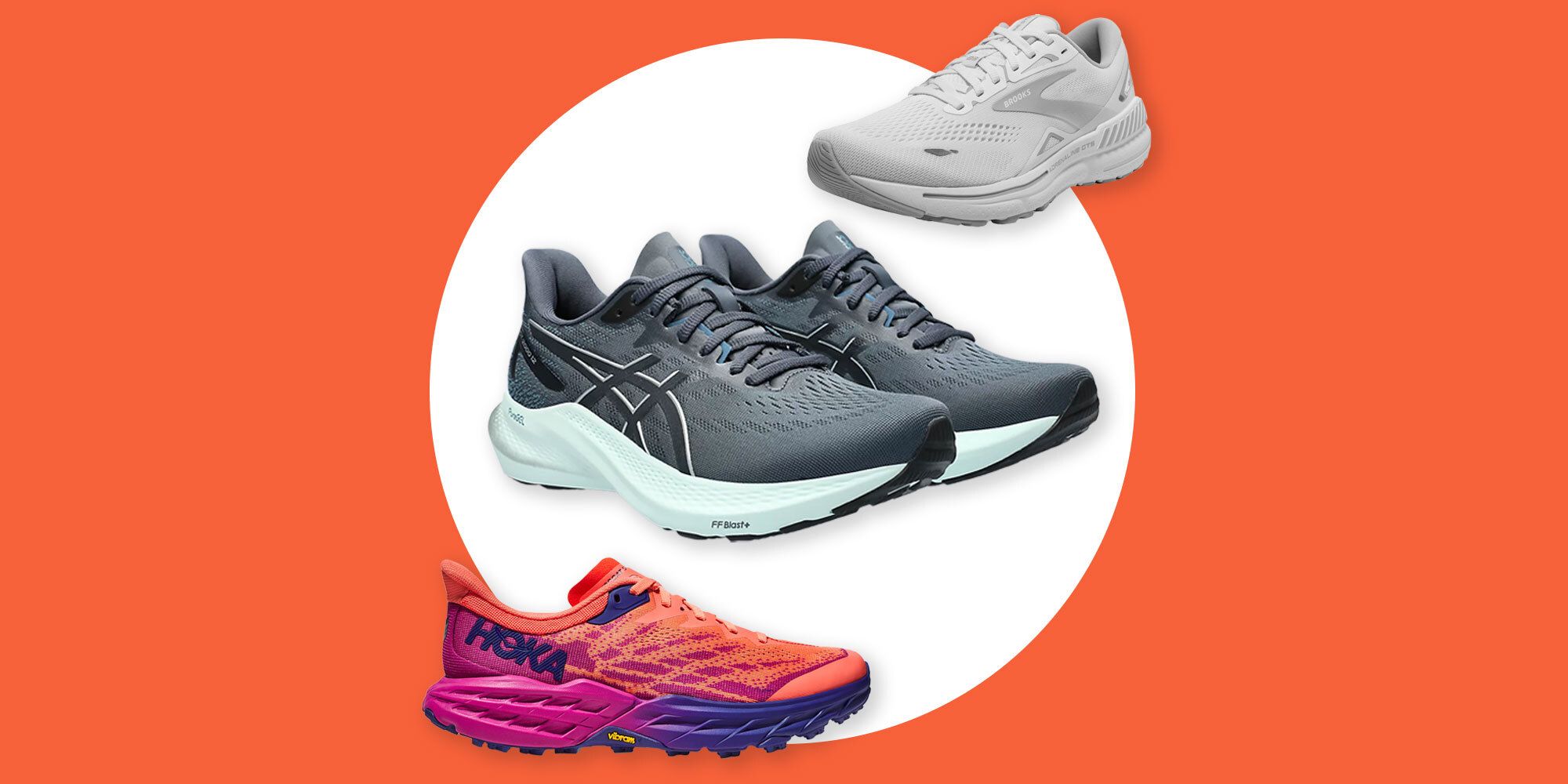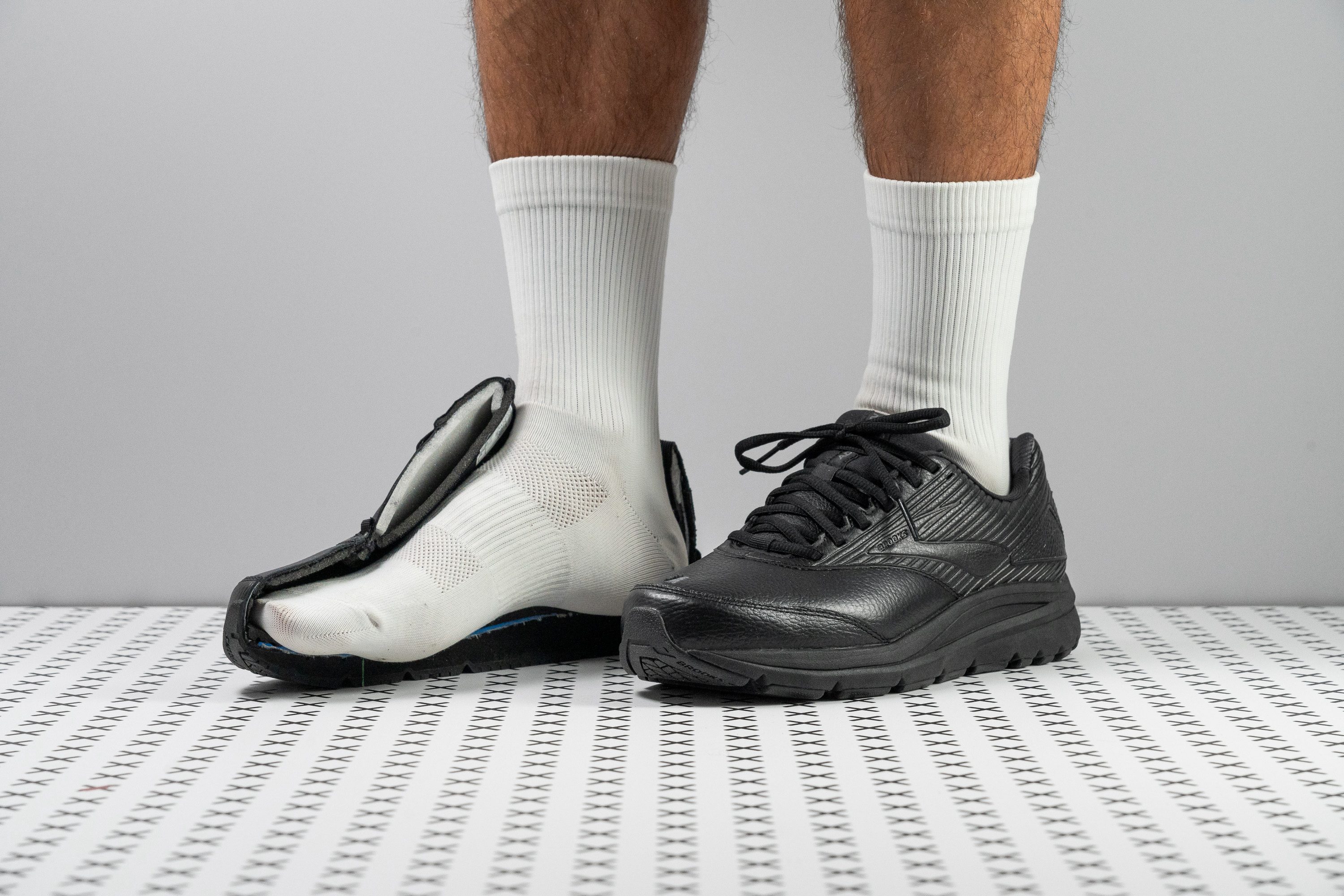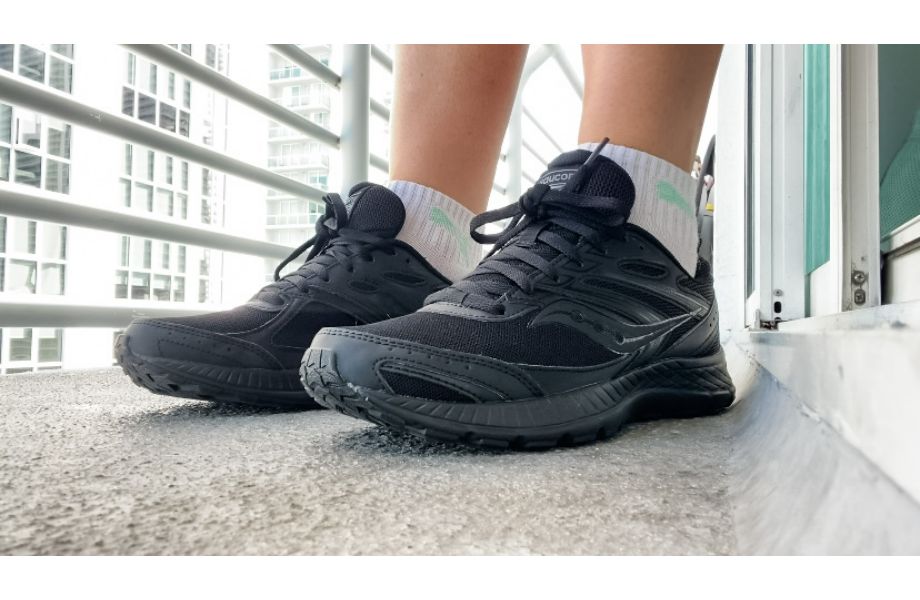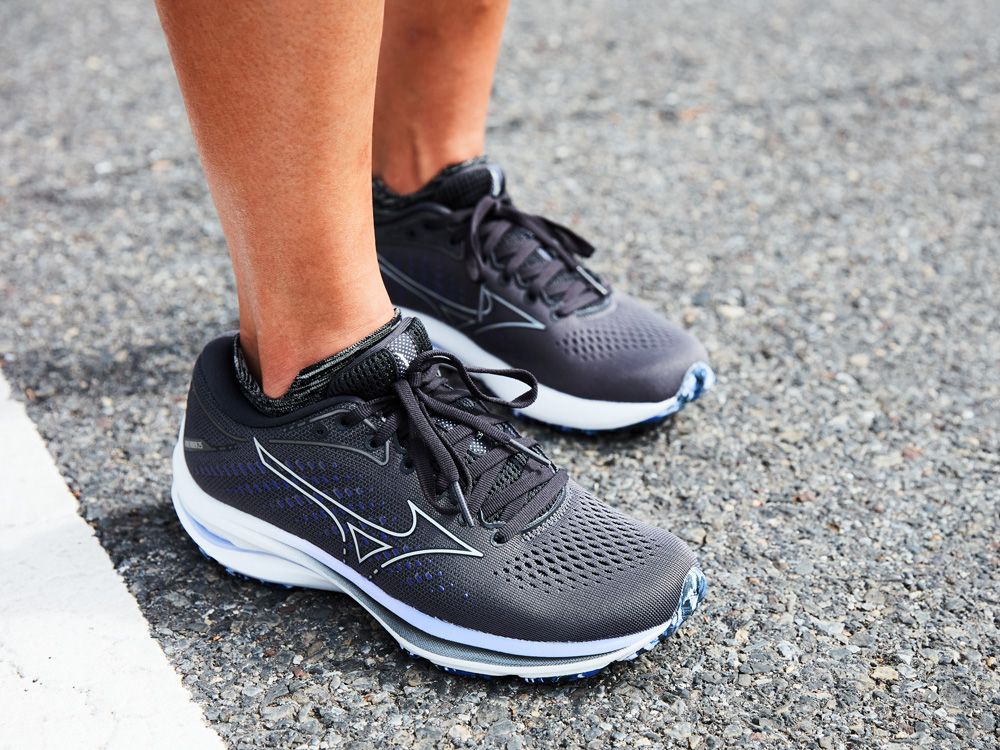Understanding Plantar Fasciitis: What You Need to Know
Plantar fasciitis is one of the most common causes of heel pain, affecting millions of people in the U.S. This condition arises when the plantar fascia, a thick band of tissue that runs across the bottom of your foot, becomes inflamed. The pain is often most severe in the morning or after sitting for long periods. If you’re one of the many who suffer from this condition, choosing the right walking shoes can make a world of difference in your comfort and mobility.
As a shoe enthusiast or an everyday walker, finding the best walking shoes for plantar fasciitis is crucial. You want shoes that not only support your foot’s arch but also provide adequate cushioning and shock absorption. The search for the right footwear can be overwhelming. That’s why we’ve compiled this ultimate guide to help you choose wisely.
Key Features to Look for in Walking Shoes for Plantar Fasciitis
Cushioning and Shock Absorption
When selecting walking shoes for plantar fasciitis, cushioning is paramount. Look for shoes that feature ample padding, especially in the midsole area, to absorb shock and reduce stress on your plantar fascia. Technologies such as EVA (ethylene-vinyl acetate) foam and gel cushioning offer excellent shock absorption properties that can be beneficial for those with foot pain.
Arch Support
Arch support is another critical factor to consider. Proper support helps distribute pressure evenly across the foot, which aids in alleviating pain associated with plantar fasciitis. Look for shoes that have built-in arch support, or consider purchasing custom orthotics if needed. A firm heel counter that stabilizes the heel during movement can also enhance support.
Fit and Comfort
A proper fit is essential when dealing with plantar fasciitis. Always ensure there’s enough room in the toe box to avoid adding pressure to the front of your foot. Additionally, consider the shoe’s overall weight – lightweight options can offer additional comfort during long walks.
Top 10 Walking Shoes for Plantar Fasciitis
With numerous options available, we’ve compiled a list of the best walking shoes for plantar fasciitis based on expert reviews and real-world experiences.
| Brand & Model | Cushioning | Arch Support | Price | Customer Ratings |
|---|---|---|---|---|
| ASICS Gel-Kayano 27 | Excellent | Moderate | $160 | 4.8/5 |
| Brooks Ghost 14 | Very Good | Good | $140 | 4.7/5 |
| New Balance 990v5 | Very Good | Excellent | $185 | 4.6/5 |
| Hoka One One Bondi 7 | Excellent | Moderate | $160 | 4.8/5 |
| Saucony Guide 14 | Good | Good | $140 | 4.6/5 |
| Adidas Ultraboost 21 | Excellent | Moderate | $180 | 4.9/5 |
| Altra Torin 4.5 | Very Good | Excellent | $150 | 4.7/5 |
| Vionic Walker Classic | Good | Excellent | $120 | 4.5/5 |
| Sketchers GOwalk 5 | Good | Good | $100 | 4.5/5 |
| Orthofeet Sprint | Excellent | Excellent | $130 | 4.8/5 |
Real-World Footwear Experiences
Case Study: Mary’s Journey to Comfort
Mary, a 42-year-old teacher from California, had been struggling with plantar fasciitis for over a year. After visiting a podiatrist, she learned the importance of wearing supportive footwear. Mary was recommended to try Hoka One One Bondi 7. She shares, “It felt like walking on clouds! The cushioning is fantastic, and my foot pain has significantly decreased since I started wearing them during school hours.” Many others echo similar sentiments, praising the comfort and support provided by Hoka’s design.
Comparing Experiences: ASICS vs. Brooks
In an online footwear forum, users frequently compare ASICS Gel-Kayano 27 with Brooks Ghost 14. While both shoes received high ratings, users noted that the ASICS offered slightly more arch support, making them a better choice for those with severe plantar fasciitis. A participant remarked, “I’ve tried them both, but the ASICS felt more stable and supported my arches perfectly during my long walks in the park.” Meanwhile, Brooks Ghost 14 was favored for its lightweight feel and soft cushioning. This comparative insight can help potential buyers decide based on their specific needs.

Tips for Choosing the Right Walking Shoes for Plantar Fasciitis
Measure Your Feet Regularly
Our feet can change over time, so it’s essential to measure your foot size regularly. Ensure you measure both length and width, as one foot may be larger than the other. When purchasing footwear, it’s best to shop in the evening when your feet are slightly swollen, as this can provide a more accurate fit.
Try Before You Buy
Whenever possible, try walking in the shoes before making a purchase. Good retailers will allow you to walk around in them, and this can help you assess the comfort level and fit. If shopping online, be sure to check return policies to ensure you can exchange if the fit is not right.
Pros and Cons of Walking Shoes for Plantar Fasciitis
Pros
- Provides essential support and reduces pain.
- Good cushioning helps absorb impact.
- Improves foot stability.
- Variety of styles available to fit your personal taste.

Cons
- Can be more expensive than regular shoes.
- Some styles may lack fashion appeal for certain consumers.
- Not all brands offer a wide range of sizes and widths.
Frequently Asked Questions (FAQs)
1. What are the best walking shoes for plantar fasciitis?
The best walking shoes for plantar fasciitis include ASICS Gel-Kayano 27, Brooks Ghost 14, and Hoka One One Bondi 7. Each offers excellent cushioning and arch support.

2. How should walking shoes fit for plantar fasciitis?
Walking shoes should fit snugly without being too tight. Ensure adequate room in the toe box, and check for a firm heel counter for added support.
3. Can orthotics help with plantar fasciitis?
Yes, custom orthotics can provide additional arch support and help alleviate pain. Many walking shoes are compatible with orthotics.

4. Should I wear walking shoes indoors or outdoors?
While walking shoes are designed for outdoor use, many people choose to wear them indoors for added comfort and support. Just ensure that they are clean if you switch environments.
5. How often should I replace my walking shoes?
It’s recommended to replace walking shoes every 300-500 miles or when they start to show signs of wear and tear, such as loss of cushioning or support.

6. Are expensive shoes worth it for plantar fasciitis?
Investing in quality shoes is often worthwhile for plantar fasciitis, as the right support and cushioning can significantly improve comfort and mobility.
7. What other treatments are available for plantar fasciitis?
Other treatments include stretching exercises, physical therapy, ice therapy, and, in severe cases, corticosteroid injections or surgery.

8. Can I use running shoes for walking?
Yes, many running shoes also provide excellent support and cushioning, making them suitable for walking, especially for those with foot pain.
9. Is it better to buy shoes online or in-store?
Buying shoes in-store allows you to try them on for fit and comfort. However, online shopping can provide more options and sometimes better prices. Just ensure you can return or exchange them if they don’t fit.

10. What style of shoes is best for plantar fasciitis?
Sneakers or walking shoes with a supportive design, good cushioning, and a firm heel usually work best for plantar fasciitis. Look for brands known for their arch support.